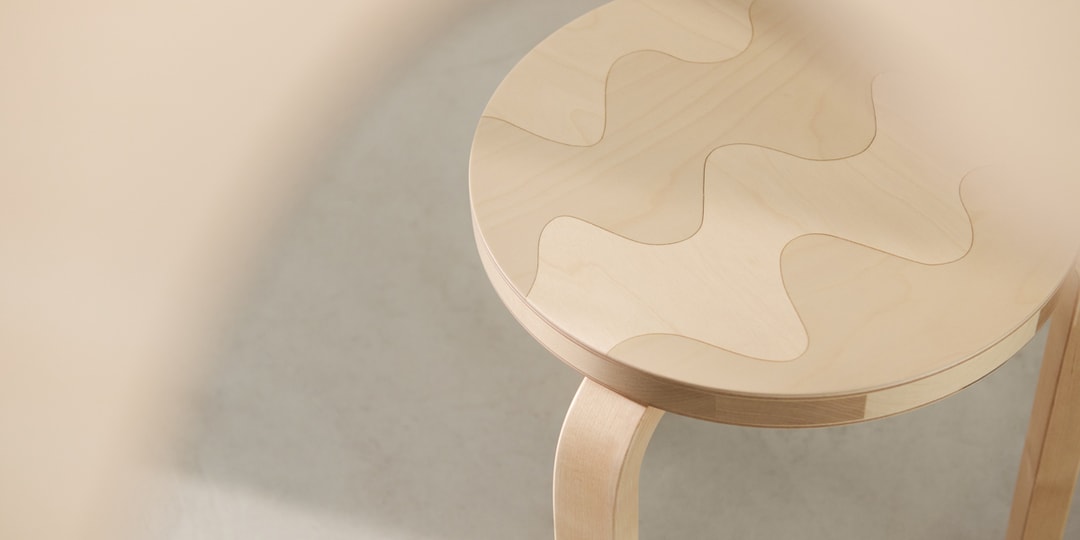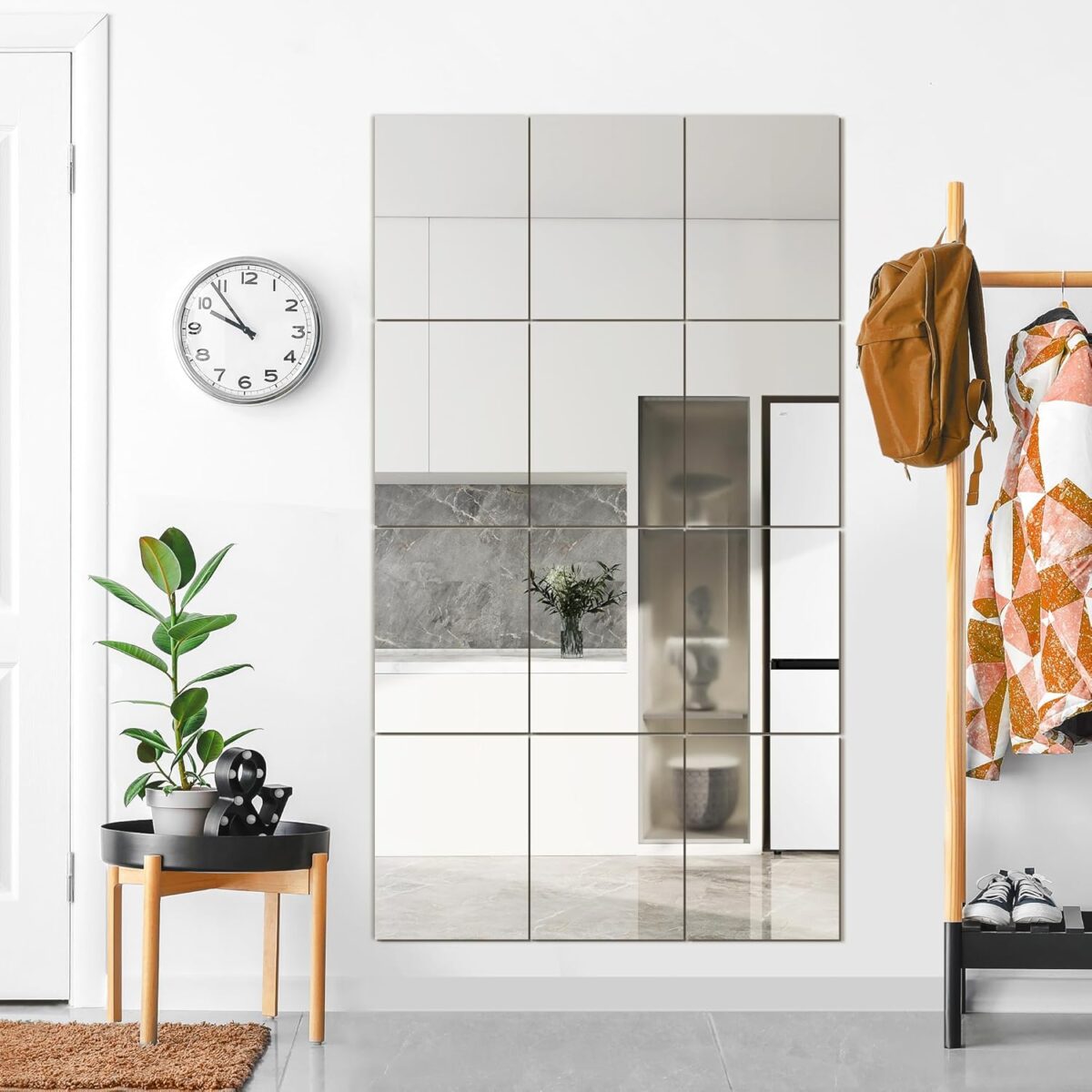How Do I Make A Small Space Look Bigger Without Renovating
Learn easy, budget-friendly tips to make any small space look bigger and brighter—no renovation needed. Smart design for every room!

Living in a small space doesn’t mean you have to feel cramped or boxed in. With the right design tricks, you can make even the tiniest room feel open, airy, and inviting, no renovation required. Whether you’re in a compact apartment, a small home, or just trying to make the most of a single room, smart styling and layout choices can dramatically shift how the space looks and feels. From strategic lighting and paint colors to furniture swaps and clever storage solutions, there are plenty of easy, affordable ways to stretch your square footage visually. Ready to transform your space? Here are some practical, design-savvy ideas to make your home feel bigger without tearing down a single wall.
1. Opt for Multi-Functional Furniture

In a small space, every piece of furniture should earn its keep. Look for multi-functional items: ottomans that open up for storage, beds with drawers underneath, or coffee tables that can extend or lift to become a desk. Not only do these pieces help reduce clutter, but they also free up floor space, making the room look more open. Bonus points for furniture that can be folded away when not in use. By choosing versatile pieces, you’re making the most of every inch without sacrificing style or comfort.
2. Keep Pathways Clear

One of the simplest yet most effective ways to make a small space feel bigger is to keep pathways and walkways clear. When furniture or clutter blocks natural movement through a room, it can make the space feel cramped and chaotic. Take a walk through your home and notice where you’re dodging corners or squeezing between pieces,those are areas to rethink. Opt for smaller furniture with slim profiles, or rearrange what you have to create an easy, natural flow. Open walkways help your eyes move freely through the room, making everything feel more spacious, breathable, and intentional. It’s all about giving yourself room to move,literally and visually.
3. Use Glass and Lucite Furniture

Transparent furniture made from glass or Lucite (acrylic) takes up less visual space because you can see right through it. A glass coffee table or clear dining chairs can provide functionality without cluttering up the view. These pieces practically disappear into the background, which helps the room feel more open. They also add a touch of modern sophistication. When you need furniture but don’t want it to dominate the room, going clear is a clever design choice.
4. Don’t Over-Clutter Your Space

In small spaces, clutter accumulates fast,and it visually shrinks your environment. The more items scattered around, the more cramped the room feels. Start by taking a critical look at what you own and asking: do I really need this here? Use storage bins, under-bed containers, or floating shelves to hide away what you don’t use daily. Keep surfaces like countertops, desks, and coffee tables as clear as possible. A minimal, clean setup allows the eye to rest and makes the space feel open and intentional. Remember: less stuff equals more space,both physically and mentally.
5. Utilize Your Windows

Windows are like built-in art that can also dramatically affect how big or small your space feels. Don’t cover them with heavy drapes or clutter them with too many objects on the sill. Keep window treatments light and minimal,sheer curtains or roller blinds are perfect. If privacy isn’t a big concern, consider leaving them bare. Letting natural light flood in through your windows instantly opens up your space and makes it feel brighter and more expansive. You can also place mirrors or shiny surfaces near windows to reflect more light into the room and maximize their impact.
6. Downsize Your Dining Table

A large dining table can dominate a small room, leaving little space to move or breathe. If you rarely entertain a big crowd, consider downsizing to a smaller round or drop-leaf table. These take up less visual and physical space and still offer enough room for daily meals. You can always keep a folding table or stackable chairs nearby for when guests do come over. Round tables are especially great for small spaces because they allow smoother traffic flow and eliminate awkward corners. Plus, a smaller table encourages intimacy during meals and helps the whole area feel more open and functional.
7. Use Mirrors Strategically

Mirrors can work magic in a small room. They reflect both natural and artificial light, which can instantly make a space feel larger and brighter. A large mirror on a wall opposite a window can double the amount of light in your room. Mirrored furniture or decor elements like trays and picture frames also help. Think about using mirrored closet doors or even creating a mirror gallery wall. It’s not just about brightness; mirrors also create a sense of depth, tricking the eye into seeing more space than there actually is.
8. Install a Murphy Bed

A Murphy bed (also known as a wall bed) is a game-changer for anyone living in a tight space. It folds up into the wall or a cabinet when not in use, instantly transforming your bedroom into a living room, office, or workout area. This setup gives you the flexibility to have a multi-purpose room without sacrificing comfort. Modern Murphy beds often come with built-in shelves or desks, offering even more function without taking up extra space. If you want to reclaim your floor during the day and still get a good night’s sleep, this is one smart solution.
9. Paint It White

Painting your walls white is one of the easiest and most effective tricks to make a space feel bigger. White reflects light, helping the room feel open, clean, and fresh. It creates a seamless look, making walls seem to recede and ceilings feel higher. You can still have fun with the space, layer in texture, subtle patterns, or neutral accessories to keep it from feeling sterile. White also acts as a blank canvas, letting your furniture and art stand out. Whether you’re decorating a studio apartment or a small home office, a fresh coat of white paint can work wonders.
10. Prioritize Natural Light

Natural light has an incredible ability to make any room feel more spacious and welcoming. To make the most of it, avoid blocking windows with bulky furniture or dark curtains. Consider using light-filtering shades or sheer curtains to let sunlight pour in while maintaining some privacy. Arrange mirrors or reflective surfaces like glossy tables and metallic decor to bounce the light around the room. Even placing furniture in a way that lets light flow freely can change how open your home feels. Natural light not only brightens your space but also boosts your mood, making it a double win.
11. Maximize Shelving

When floor space is limited, vertical storage becomes your best ally. Floating shelves, wall-mounted units, or tall bookcases draw the eye upward, creating a sense of height and maximizing every inch. They’re perfect for books, plants, artwork, or even kitchen supplies if you’re short on cabinets. You can also install corner shelves to use often-overlooked spots. Keep them tidy and curated,group items by color, size, or theme for a visually pleasing look. Shelving helps reduce clutter on the floor and tabletops, keeping your home organized and visually open without requiring any extra square footage.
12. Keep It Neutral

Neutral tones, like soft whites, light grays, warm beiges, and pale taupes,can make a space feel calm and cohesive. These colors reflect light well and reduce visual clutter, making your room appear larger. A neutral palette doesn’t mean boring; you can still play with textures, patterns, and accents within that color family. Add throw pillows, rugs, or wall art in layered neutrals for interest without overwhelming the space. When everything flows in similar tones, it creates continuity, which tricks the eye into seeing a more expansive area. It’s an effortless way to open up your home without lifting a hammer.
13. Choose Benches, Not Chairs

When space is tight, traditional dining chairs or bulky accent seats can eat up more room than they’re worth. Benches, on the other hand, are a sleek, versatile alternative. They tuck neatly under tables when not in use, saving valuable floor space and keeping walkways open. In entryways, living rooms, or at the foot of a bed, a bench offers seating and can double as storage or display. Some come with built-in compartments or open space beneath for baskets. Plus, benches visually declutter the room with their simple, low-profile design.
14. Use Vertical Spaces

When you’re short on square footage, think vertical. Use tall bookshelves, wall-mounted shelves, and hanging storage to keep things off the floor. Vertical lines naturally draw the eye upward, which creates a feeling of height and openness. Consider mounting floating shelves for books, plants, or decorative items. Hooks and pegboards can add function without taking up space. Making use of your wall space not only maximizes storage but also frees up floor area, which visually enlarges the room.
15. Add a Gallery Wall

It might seem counterintuitive, but adding a gallery wall can actually make a small space feel bigger,if done right. A curated display of art, photos, or prints draws the eye upward and outward, giving the illusion of a larger area. Stick to cohesive frames and colors to maintain a clean, intentional look. You can go symmetrical for a polished feel or get creative with an organic, freeform layout. Position the gallery higher on the wall to elongate the space visually. Just be sure not to overcrowd,balance is key. A thoughtful gallery wall adds personality without cluttering the room.
Finishing Notes:
Creating a spacious feel in a small home doesn’t require a sledgehammer or a major remodel, it just takes a bit of strategy and smart design. From downsizing your dining table to letting natural light pour in, each tip we’ve shared is an easy, budget-friendly way to visually open up your space.
If you’re looking for even more inspiration, layout ideas, or style guides, be sure to explore Home Designing. It’s packed with expert advice, modern interior trends, and visual walkthroughs to help you transform your space, big or small, into something that truly feels like home.




![‘Teacher’s Pet’ – Barbara Crampton & Luke Barnett Star in High School Thriller [Images]](https://bloody-disgusting.com/wp-content/uploads/2025/06/TP_STILLS_3-1024x436.jpg)


![Konami Reveals ‘Silent Hill’ Remake Currently in Development From Bloober Team! [Watch]](https://bloody-disgusting.com/wp-content/uploads/2025/06/silenthill.jpg)




















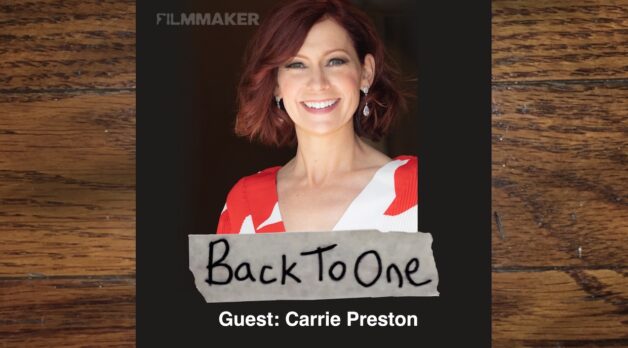
























![Where the Boys Are [BULL DURHAM]](https://jonathanrosenbaum.net/wp-content/uploads/2010/08/bull-durham.jpg)









































































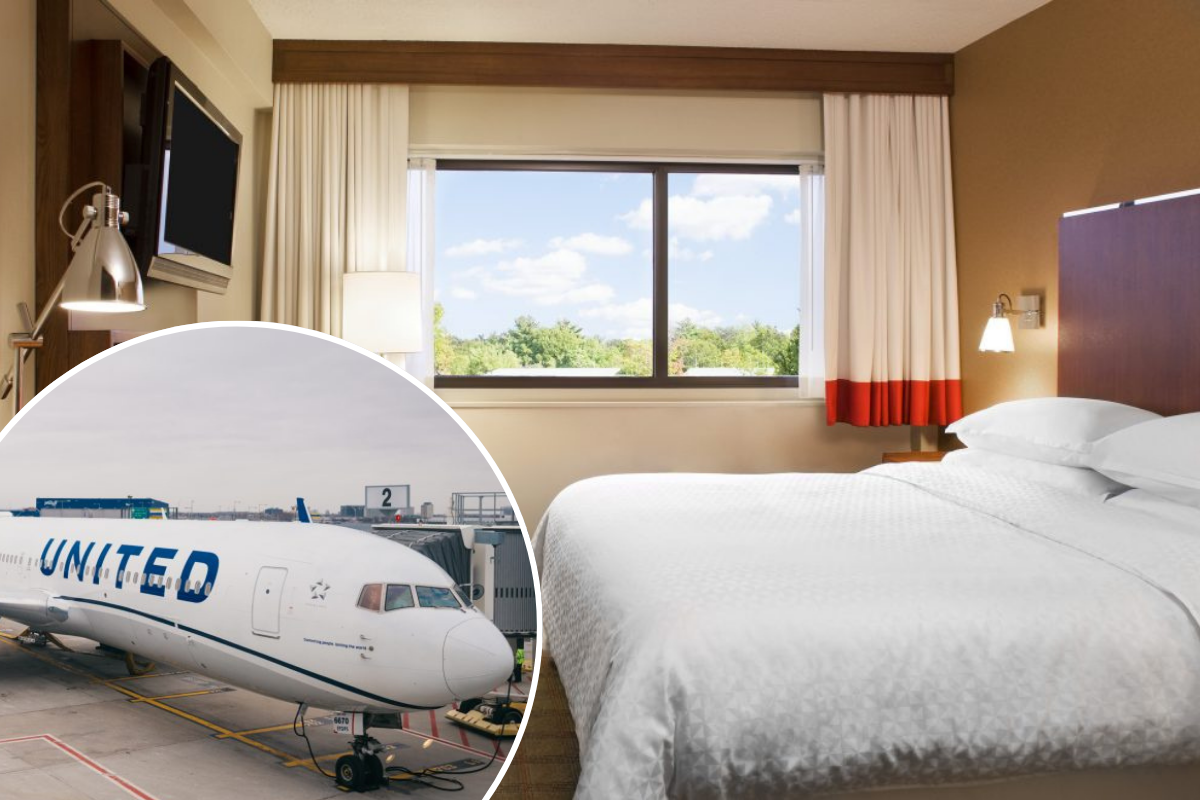




































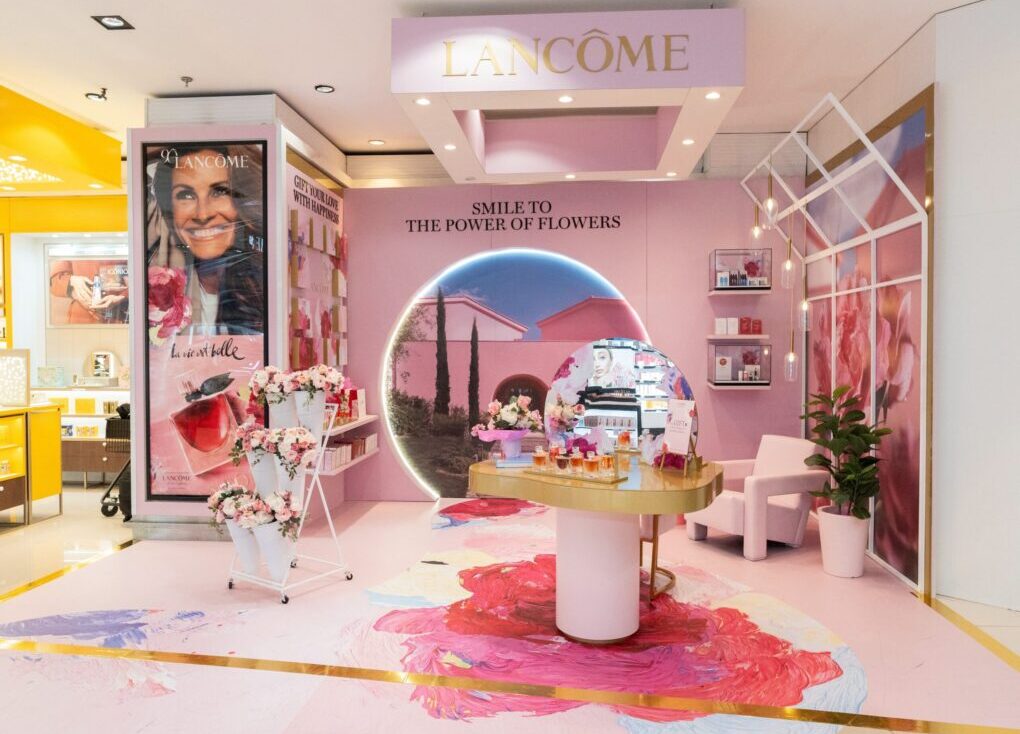














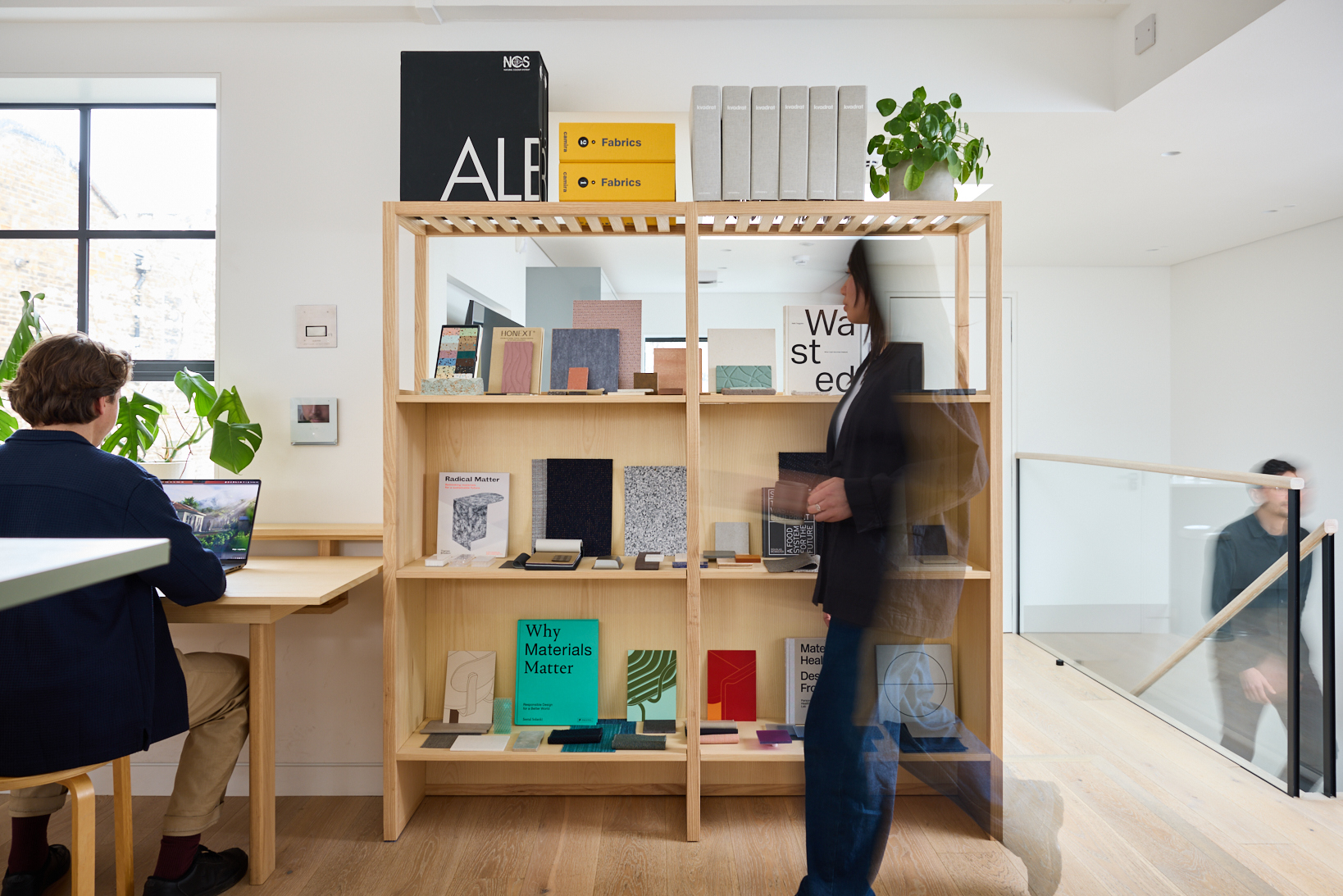









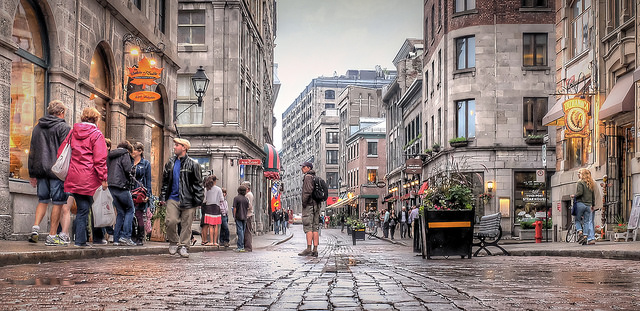






































-0-6-screenshot.png?width=1920&height=1920&fit=bounds&quality=70&format=jpg&auto=webp#)

































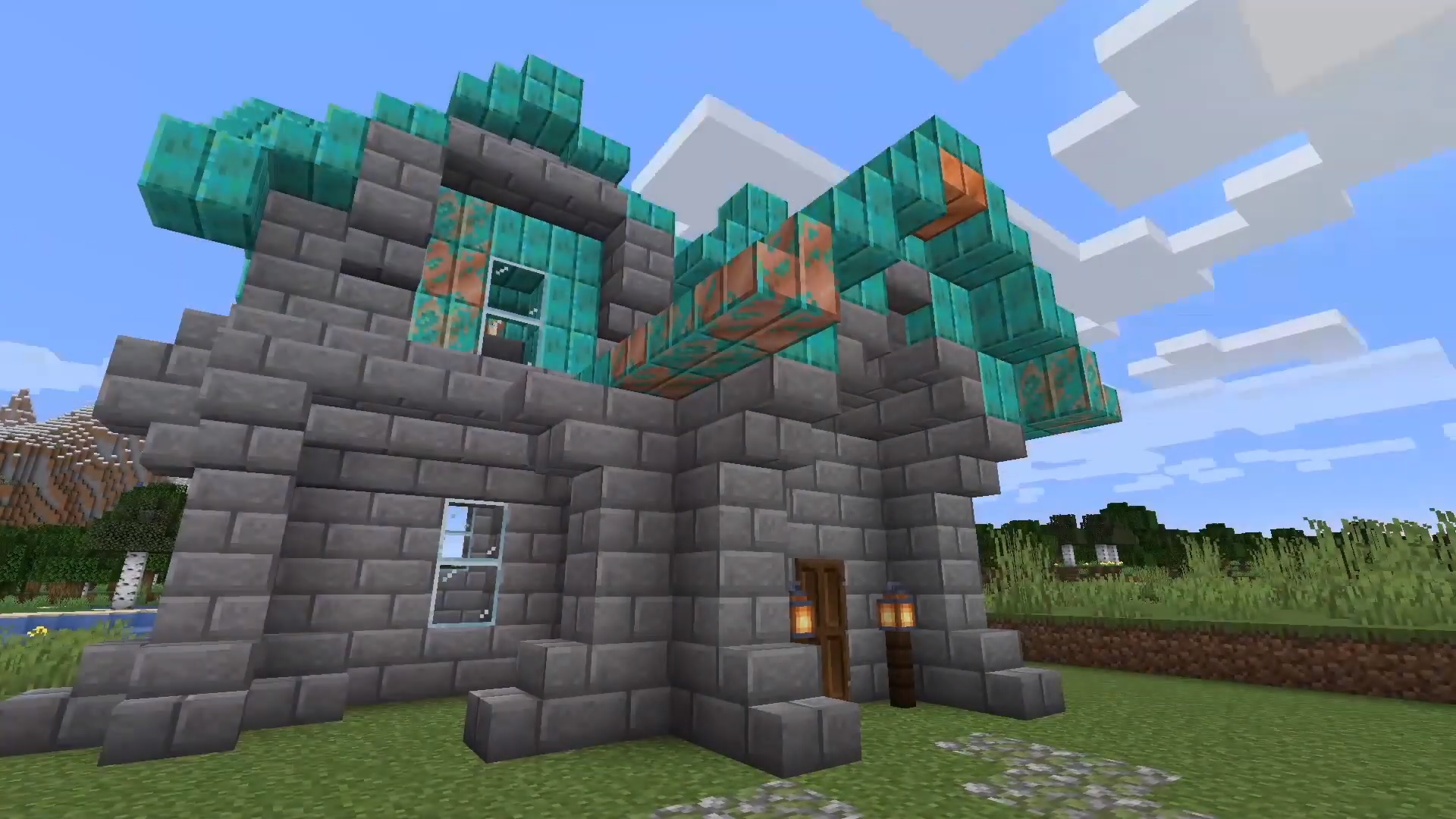



































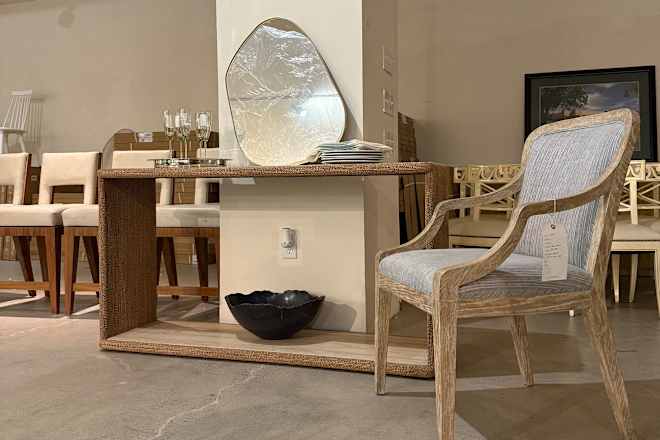

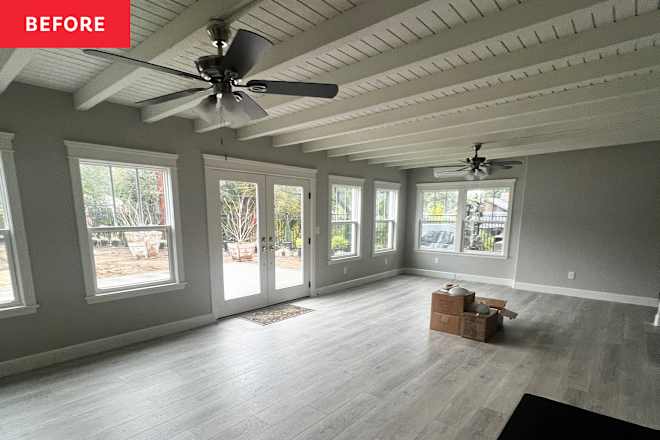



















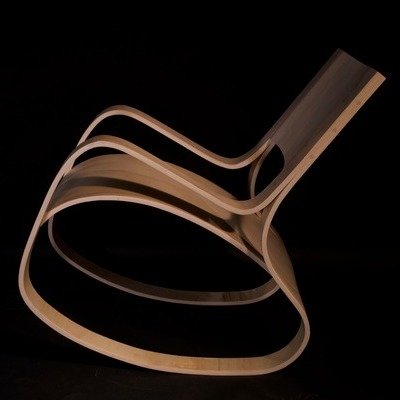









































.jpg)








